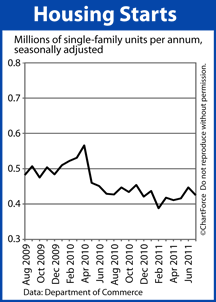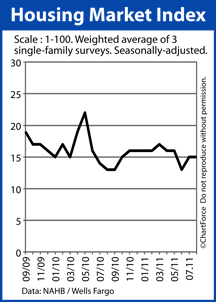Last week, the Federal Reserve pledged to leave the Fed Funds Rate near 0.000 percent until at least mid-2013. For credit card holders in Kentucky who carry a monthly balance, this is good news. Because of the Fed’s call, credit card rates are unlikely to rise before mid-2013.
But cardholders can save on more than just interest costs, as you’ll learn from this two-and-a-half minute piece with NBC’s The Today Show. In the interview, you’ll hear about “built-in” perks offered by most credit cards and ways by which you can save on everyday goods and services.
For example, did you know your everyday credit card might offer:
- Travel perks : Automatic trip cancellation protection and car rental insurance.
- Shopping perks : Discount admission to concerts and museums; free shipping from overseas.
- Consumer perks : Price protection against a drop in price; insurance against theft; extended warranties.
And it’s not just “high end” cards that offer these options, either. Credit cards of all types do what they can to improve consumer loyalty. Offering free perks is just one way in which they try.
Most credit cards offer websites detailing cardmember perks and benefits. Visit the site of your favorite card and see where you might save on everyday items.
 Single-Family Housing Starts fell to a seasonally-adjusted, annualized 425,000 units in July, according to the Census Bureau.
Single-Family Housing Starts fell to a seasonally-adjusted, annualized 425,000 units in July, according to the Census Bureau.
